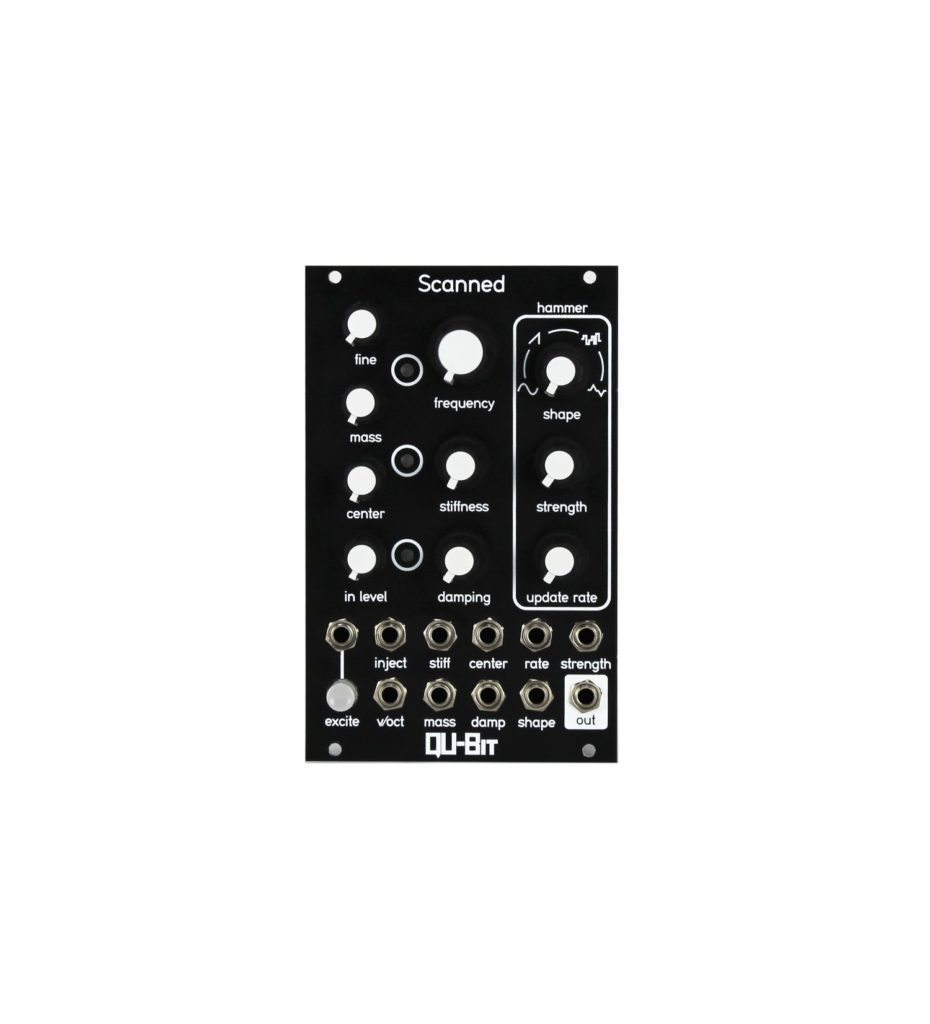
Plugin Alliance announces a new product line of Virtual Instruments
SANTA CRUZ, CA, USA: as the music, sound, and event technology communities collectively unite in making their final approach for landing at The 2019 NAMM Show in Southern California, January 24-27,Plugin Alliance is proud to announce its approaching entry into new space with welcomed Virtual Instruments (VIs) that are all set to turn heads and open ears when released into the wider world…
With 10 years spent successfully crafting professional plugins for mixing and mastering as well as guitar and bass amplifiers under its collective belt, Brainworx will soon be leading Plugin Alliance into a brave new world of professional VIs with its first software synthesizer, applying the same modeling know-how and proprietary, patent-pending Tolerance Modeling Technology (TMT) that was first used on its industry-leading pro audio plugins like thebx_console N, bx_console SSL 4000 E, and bx_console SSL 4000 Gchannel strips — the latter two being officially approved by Solid State Logic itself — or HG-2, a mastering-grade tube saturation and harmonics plugin perfected in close collaboration with premierPlugin Alliance partner Black Box Analog Design.
Duly announcing its approaching entry into the VI market with aBrainworx bang, both established and newfound third-party Plugin Alliance partners are also all set to release equally exciting VIs of their own in what will positively prove to be an exciting era for sound design-savvy synthesists and songwriters alike.
As such, surely Brainworx Audio Director of Product Management Christian Diehl is perfectly qualified to put this thrilling announcement into its rightful context right here, right now: “I’m very proud to be part of the team that successfully appliedBrainworx’s expertise, knowledge, and skills to start a new product line featuring accurately modeled synthesizers with unique elements like our proven and popular TMT functionality. We are very excited about also being able to team up with DS Audio and Unfiltered Audio to make this a very attractive start to an exciting new product line for Plugin Alliance customers.”
Clearly, then, Plugin Alliance is on a visionary mission to reach out to both new and current customers with its impending VI product line. In it for the long haul, more announcements are on the (event) horizon in what promises to be an exciting trip; time to get ready to set your controls for the heart of the sound!














